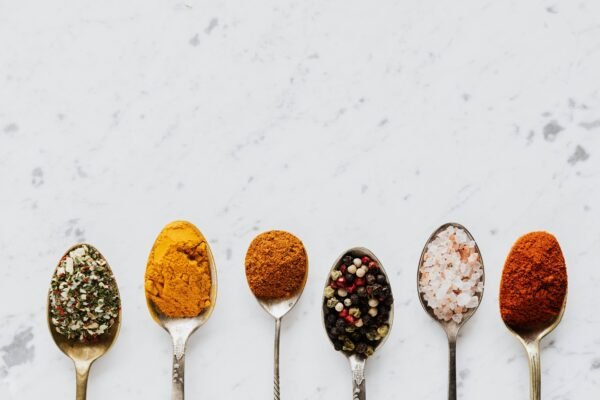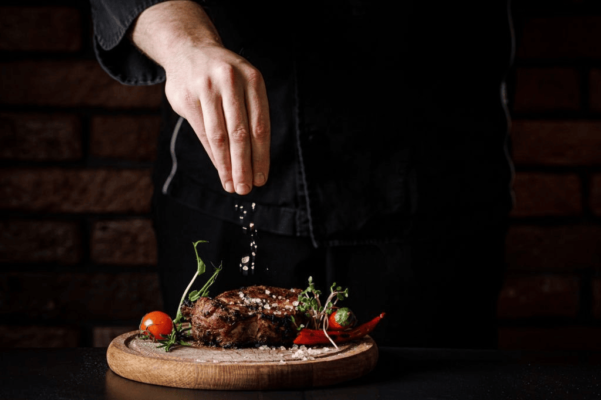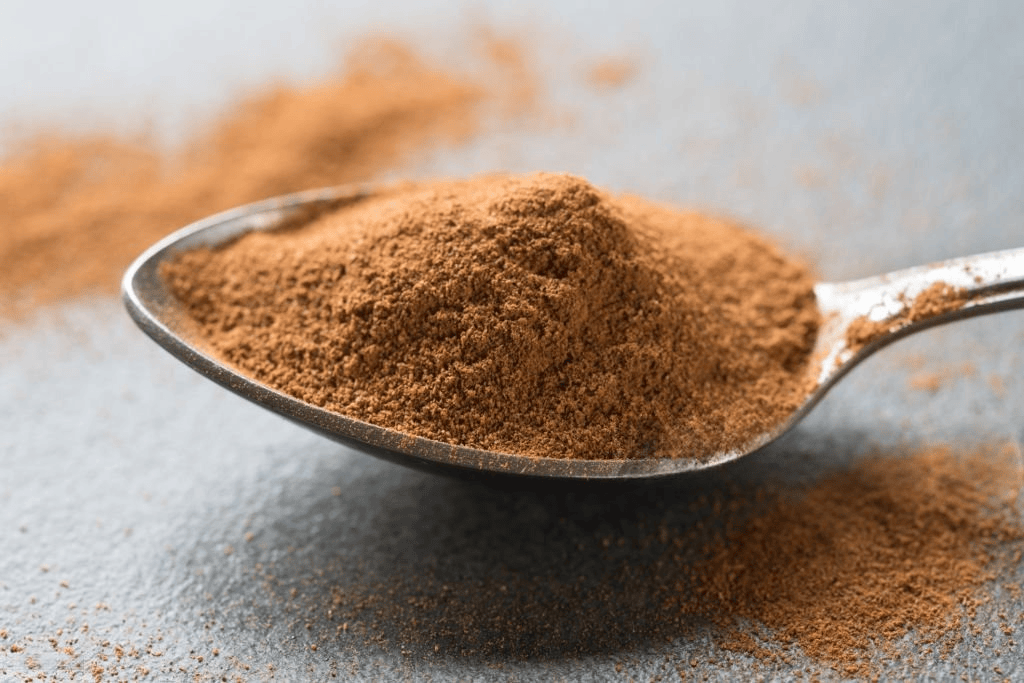Split Cassia – A Traditional Spice for Modern Kitchens
Contents
Split Cassia – A Traditional Spice for Modern Kitchens
NOTE: All information is compiled and shared from many sources on the internet and is for reference only, not for practical application and should not be followed. It is recommended to contact a specialist for detailed and correct information. We are not responsible in any case.
1. Introduction
Vietnam is renowned for its diverse and high‑quality agricultural products, and among these, cassia holds a special place. One of the most unique forms is Split Cassia—a traditional spice derived from carefully splitting whole cassia bark. This product embodies a rich cultural heritage and an artisanal approach that has been preserved over generations. In today’s modern kitchens, Split Cassia is gaining popularity for its robust flavor, distinctive texture, and versatility in both savory and sweet recipes.

2. Historical and Cultural Background
Cassia has been used in Vietnamese cuisine for centuries. Traditional methods passed down through generations ensure that every step—from harvesting to processing—is performed with utmost care. In rural regions, local farmers have developed techniques to split the cassia bark manually. This process not only preserves the spice’s natural essential oils but also enhances its flavor profile. Split Cassia is more than a spice; it’s a symbol of a long‑standing culinary tradition and a vital part of Vietnamese heritage.
3. What Is Split Cassia?
Split Cassia is produced by taking whole cassia bark—often from mature trees—and splitting it into halves or quarters. This process reveals a thick, dark red‑brown inner bark that is prized for its intense aroma and robust flavor. Unlike ground cassia, the split form retains a slightly fibrous texture, adding both visual appeal and an extra dimension of flavor when used in cooking.
The traditional method involves:
- Harvesting: Only the finest, mature cassia bark is selected.
- Sun‑Drying: The bark is laid out to dry naturally under the sun, which helps preserve the volatile oils.
- Splitting: Skilled artisans then split the dried bark into uniform pieces using traditional tools.
This careful hand‑processing ensures that the spice remains authentic and retains its unique characteristics.
4. Culinary Applications
One of the key strengths of Split Cassia is its versatility in the kitchen. Its robust, warm flavor makes it an excellent addition to various dishes:
-
Savory Dishes:
Split Cassia can be used in spice rubs, marinades, and slow‑cooked stews. For example, when added to a beef stew or a curry, it infuses the dish with a deep, aromatic warmth. Chefs appreciate that the split pieces gradually release their flavor, allowing for a balanced, layered taste profile. -
Sweet Dishes:
In baking, Split Cassia can be used in cookies, cakes, and pastries. Its slightly fibrous texture gives an interesting mouthfeel and a burst of spice when bitten into. A traditional apple pie or a spiced muffin can be elevated with a light sprinkle of split cassia, which pairs beautifully with fruits and sweet spices. -
Beverages:
Beyond cooking and baking, split cassia is also excellent in beverages. Adding a small piece to hot tea or coffee can impart a subtle, spicy note without overpowering the drink. It is also used in crafting chai lattes or even in cocktail infusions. -
Fusion and Modern Recipes:
Modern culinary artists are experimenting by incorporating Split Cassia into innovative dishes that blend traditional and contemporary flavors. Whether it’s a savory tart, a modern stew, or a creative dessert, Split Cassia offers a unique twist that appeals to both traditionalists and modern food enthusiasts.

5. Practical Tips for Home Cooks
To get the most out of Split Cassia, consider these tips:
- Use Sparingly:
Due to its intense flavor, a little goes a long way. Start with a small amount and adjust to taste. - Storage:
Keep split cassia in an airtight container away from light and heat to preserve its essential oils and aroma. - Experiment:
Try different applications—from infusing liquids to incorporating it directly into dough—to discover how its flavor evolves in various dishes. - Pairing:
Combine split cassia with complementary spices like ginger, cloves, or nutmeg to create complex flavor profiles.

6. Conclusion and Call to Action
Split Cassia represents the intersection of traditional Vietnamese spice craftsmanship and modern culinary innovation. Its rich heritage, robust flavor, and versatile uses make it an indispensable ingredient in both home and professional kitchens. Whether you’re looking to enhance a savory stew, elevate your baked goods, or create a warm, aromatic beverage, this product is your go‑to spice.
Call to Action:
Experience the unique flavor of Split Cassia for yourself! Visit our Products Page to explore our authentic range of Vietnamese cassia products, and don’t hesitate to contact our team via our Contact Page for more information. Embrace tradition in your modern kitchen today.





